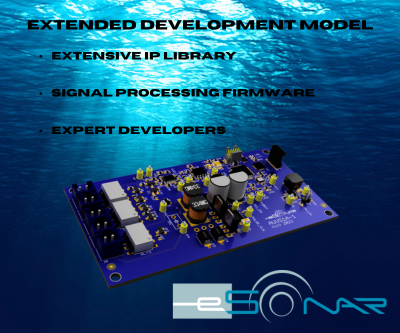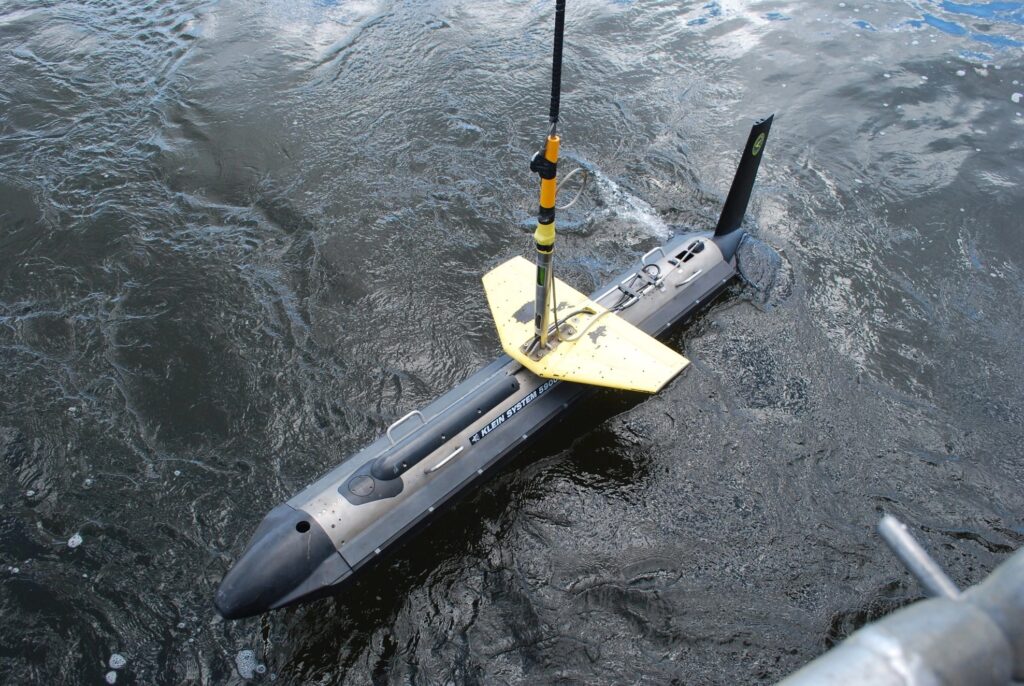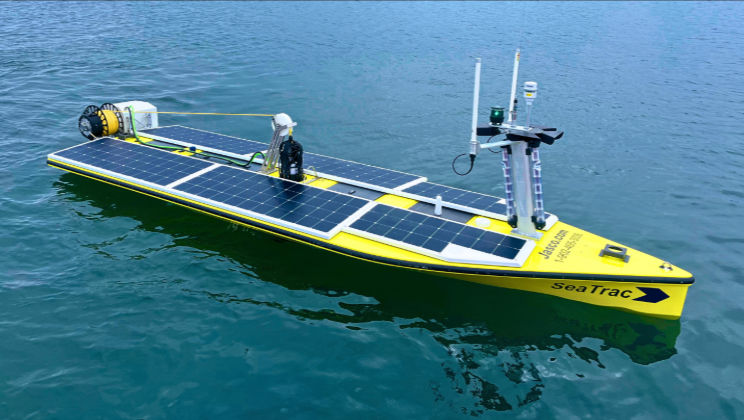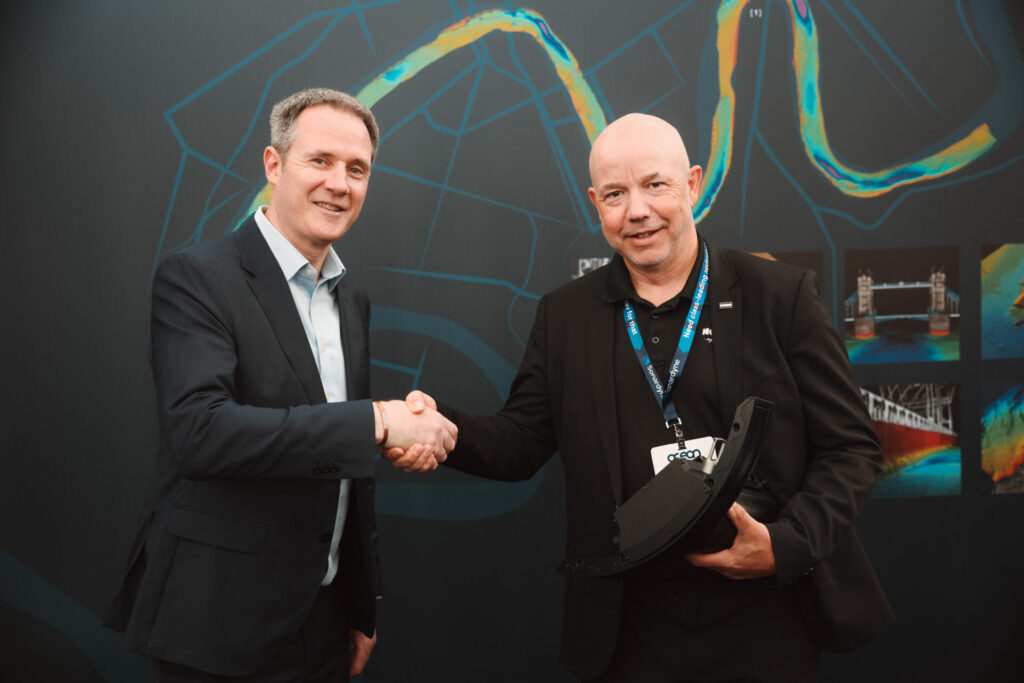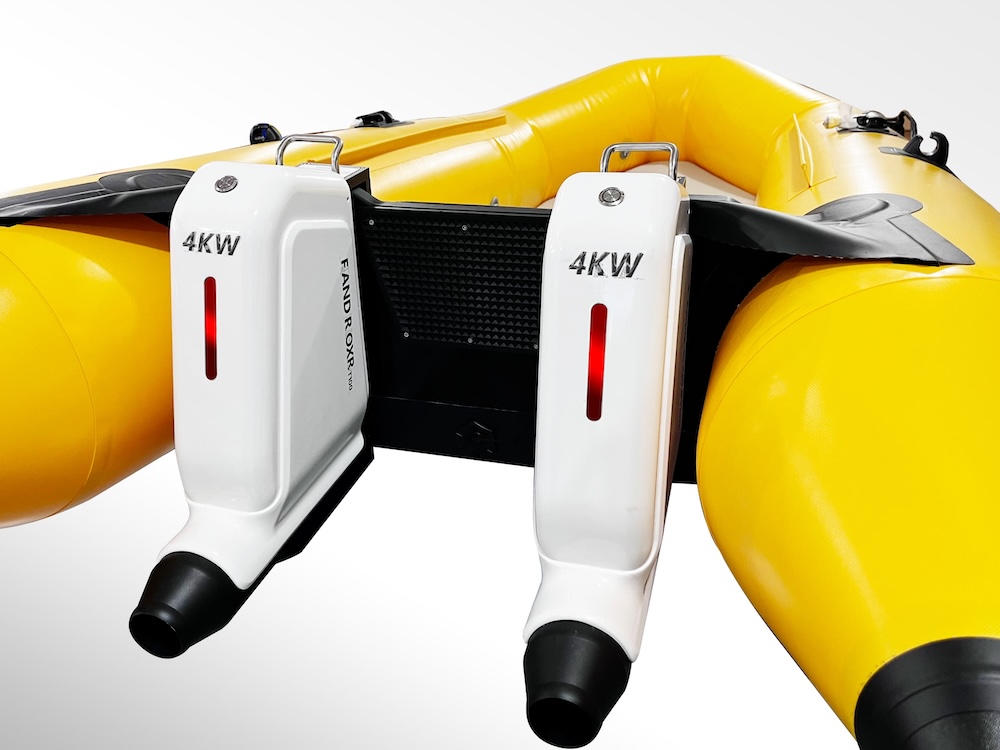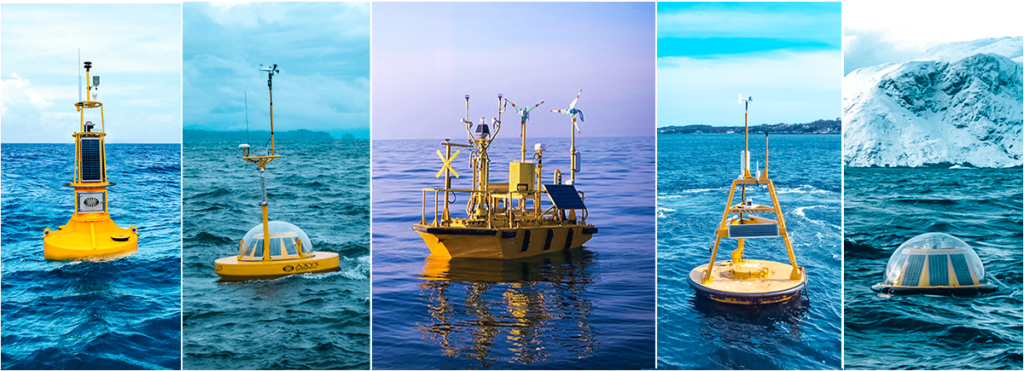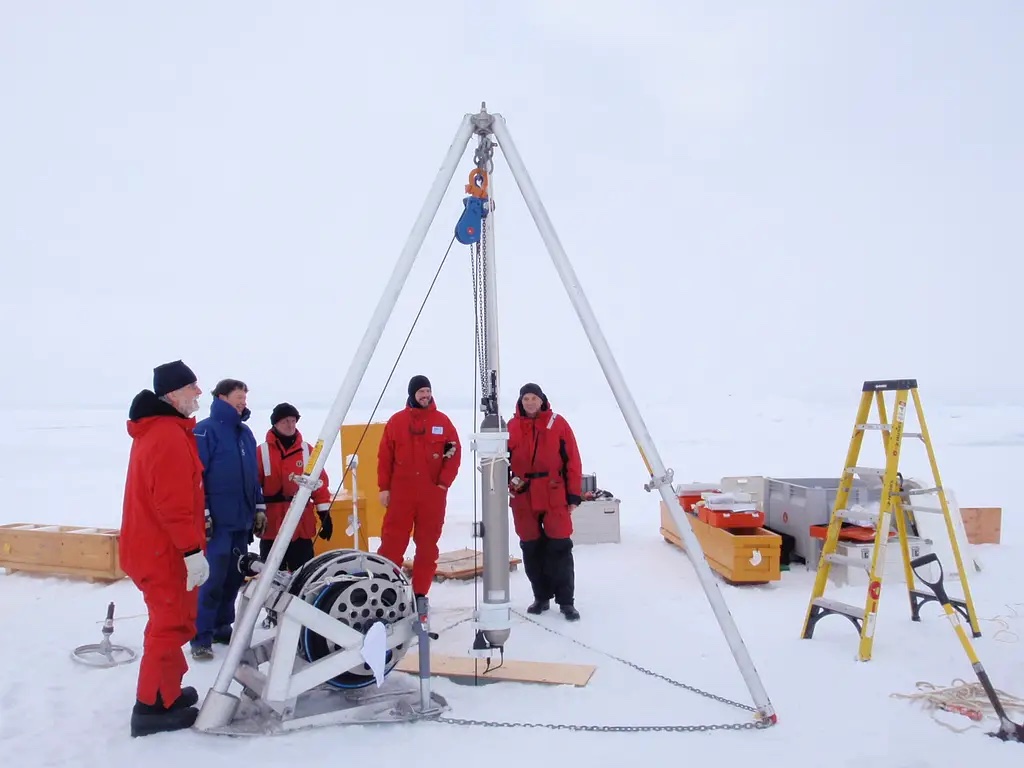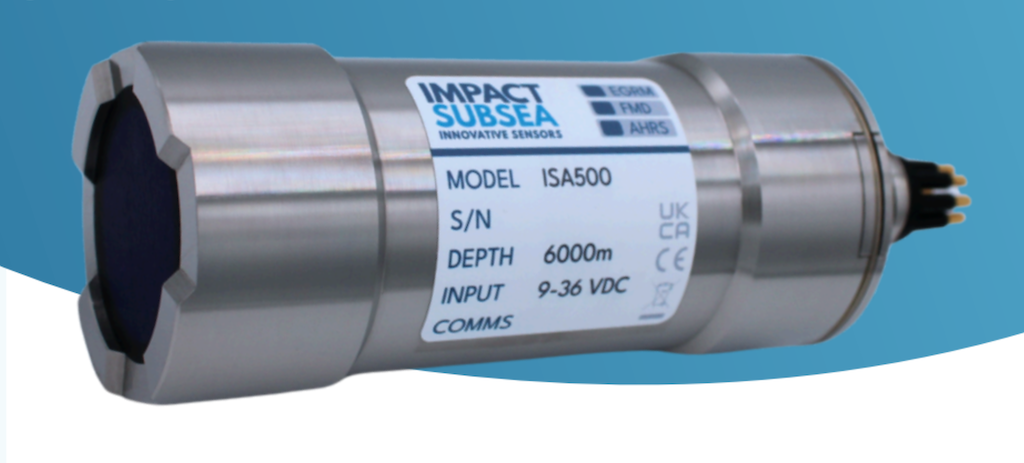
Connect with Leading Marine Technology Innovators
Discover cutting-edge solutions from leading global suppliers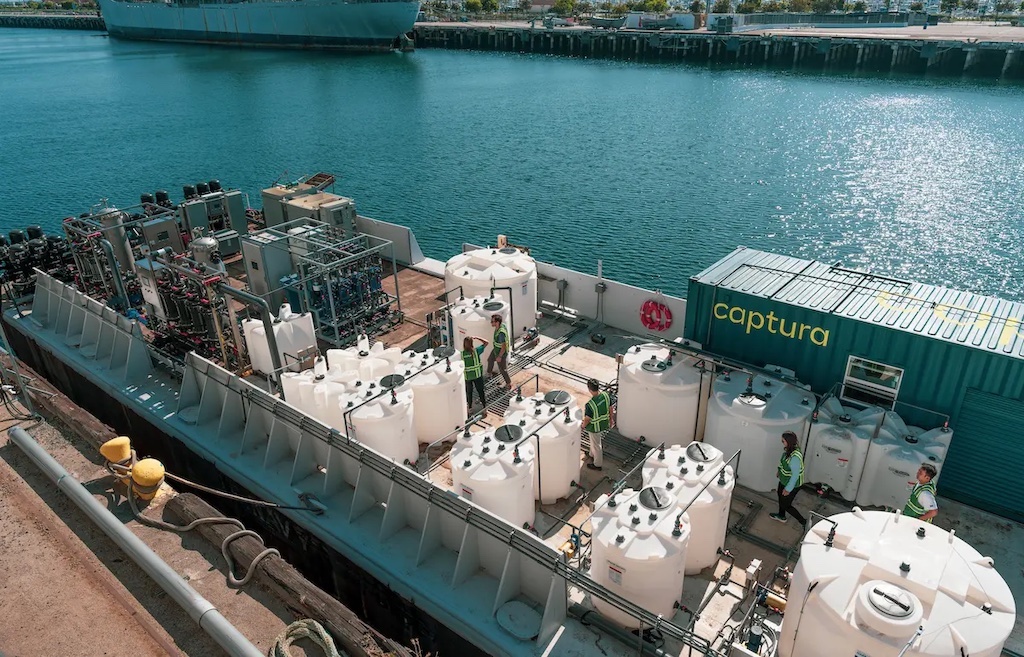
Equinor and Captura have partnered to develop industrial scale solutions to remove carbon dioxide (CO2) from the ocean.
The partnership will begin with an initial 1,000-ton-per-year pilot plant in Norway that can potentially serve as a launchpad to build large-scale, commercial plants in key regions around the world.
The companies will form a joint team to collaborate on various configurations of Captura’s technology, with the goal to scale.
The initial pilot plant will be located at Equinor’s Kårstø natural gas processing facility on the west coast of Norway. It will have a capture capacity of 1,000 metric tons of CO2 annually. Feasibility and design of the Captura pilot has already commenced, with installation planned in late 2024.
The pilot will be built onshore, drawing in seawater and removing a measurable stream of CO2 from it. The captured CO2 is planned for the commissioning of the Northern Lights facilities – the world’s first open-source CO2 transport and storage infrastructure.
This will test how DOC technology can deliver high-quality carbon removal credits that are reliable, safe, and certified. Such removals will be required to meet net zero targets by counteracting hard-to-decarbonize emissions. They can also be used to address emissions from the past.
The ocean is one of the world’s largest carbon sinks. It absorbs approximately 30 per cent of global CO2 emissions as part of a natural equilibrium with the atmosphere. Captura’s DOC solution enhances this natural carbon removal capability, without increasing CO2 levels in the ocean. It uses renewable energy and electrodialysis technology to capture CO2 directly from seawater. The CO2-depleted seawater then has the capacity to absorb the same quantity of CO2 from the air that was originally removed.
The Kårstø plant will be the final system in Captura’s pilot and scale-up program and is designed to demonstrate the technology’s readiness for commercial deployment.
It follows a one-ton-per-year system that commenced operations at Newport Beach, California in August 2022, and a 100-ton-per-year system that was recently installed at the Port of Los Angeles.
Captura’s process has been designed to be highly scalable and cost-effective, while at the same time creating minimal to zero impacts on the ocean ecosystem. It creates no by-products and doesn’t add anything new to the ocean – it simply removes excess CO2 that the atmosphere then replaces.
“We believe that Captura has a promising and sustainable technology that could play a pivotal role in removing CO2 from the carbon cycle,” said Morten Halleraker, senior vice president and head of New Business and Investments in Equinor. “We look forward to the collaboration with Captura by bringing in our industrial capabilities in order to de-risk and scale the deployment of the technology.”
“This marks a pivotal moment in our company’s progress,” said Steve Oldham, Captura CEO. “This significant partnership with Equinor enhances our reach and capability exponentially and signifies a huge advancement in our efforts. We’re thrilled to be joining forces with the Equinor team to continue driving towards climate relevant carbon removal.”

